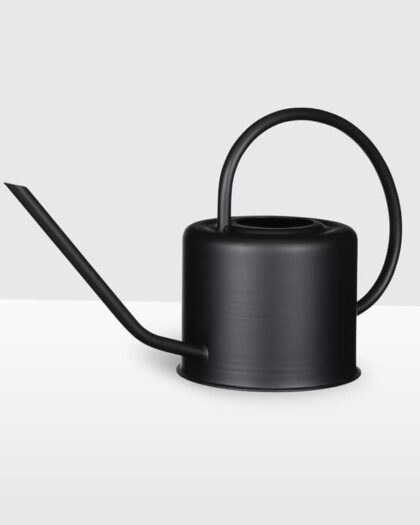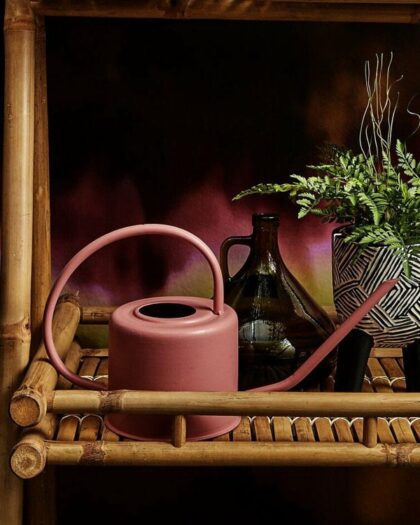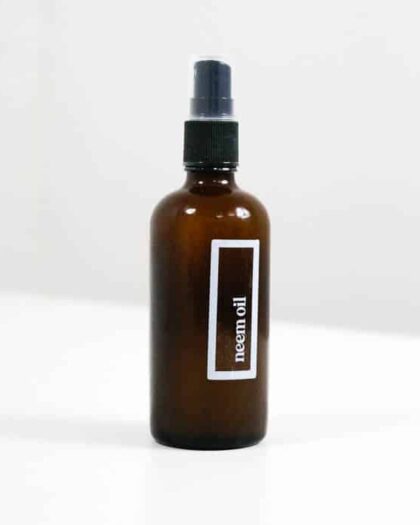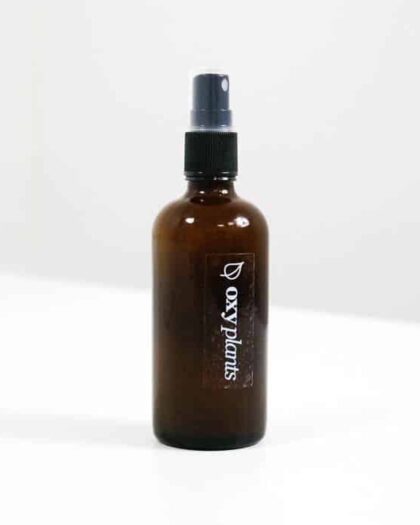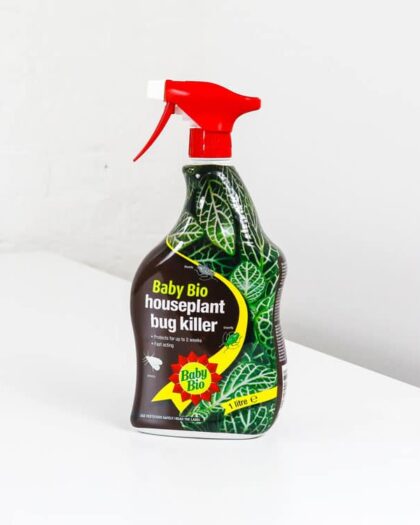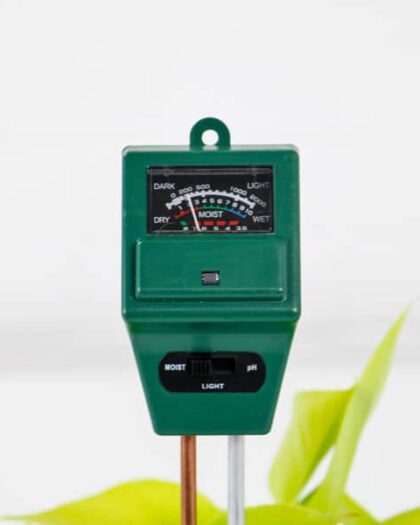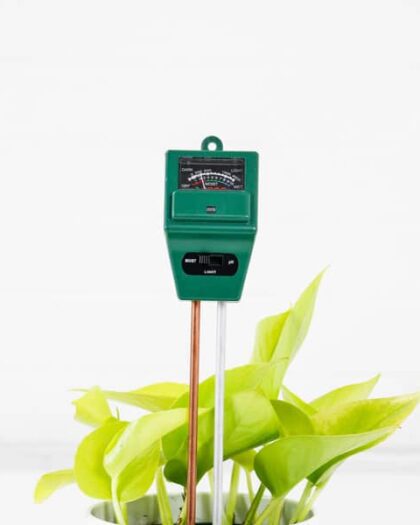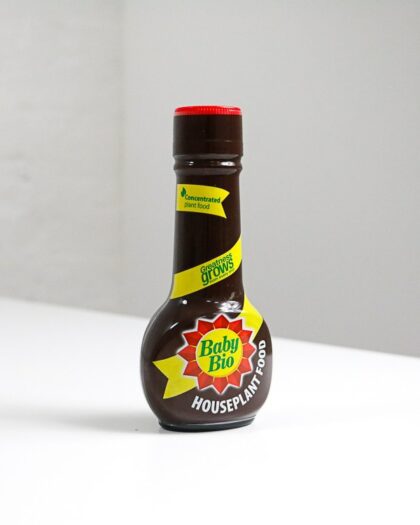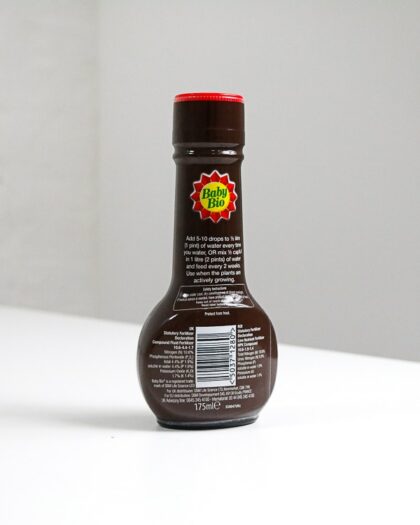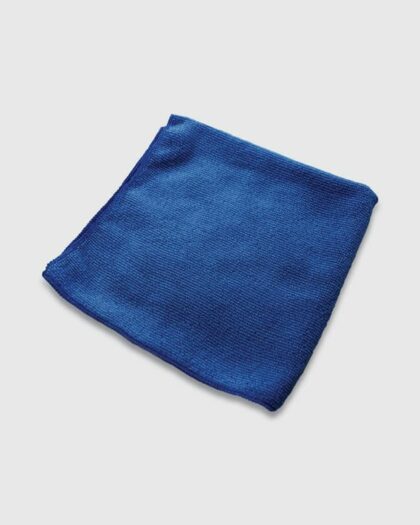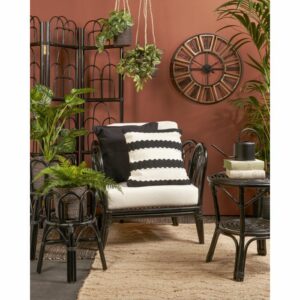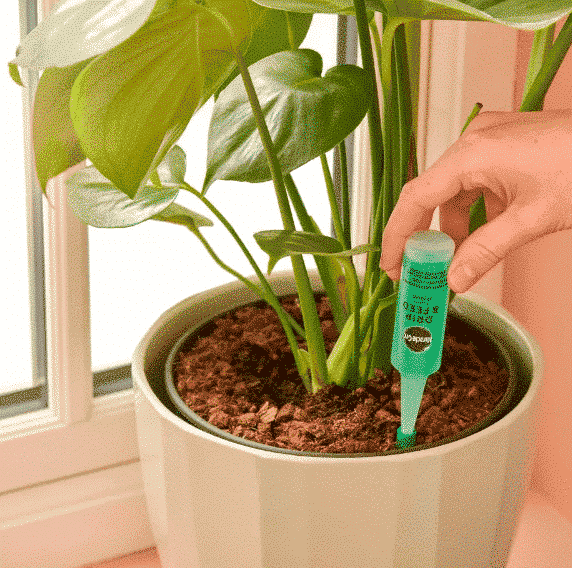What's in this indoor plant care guide
About The Cast Iron Plant
Native to Japan and Taiwan, the Cast Iron Plant is one of the hardiest plants on the planet!
This indoor houseplant is loved by plant lovers around the world. Whether it’s a gift for a beginner, or a showstopper for your home, this Aspidistra is a definite must own!
As a member of the Asparagaceae family, the Cast Iron Plant has dark glossy leaves that look sleek and elegant all year round. It may even bloom flowers every couple of years!
Botanical Name
Nicknames
Air Purification Qualities
Child & Pet Safe?
Sun Exposure
Soil Type
Hardiness Zones
How to care for Cast Iron Plant
Light & Location
The Cast Iron Plant is tolerant of almost any light and location you can throw its way! If you really wanted, you could place this houseplant anywhere in your home or garden and it would probably still thrive! As a general rule, try to avoid any direct sunlight.
However, if you want to maximise growth and plant health, place your Cast Iron in a spot with partial sun, or even full shade. This could be in your hallway, bathroom, or any room with a North facing window.
Watering
This indoor houseplant is also forgiving to a range of different soil moistures. Whilst it can certainly survive in a drought, it does prefer a little bit of soil moisture. If you’re prone to the occasional watering gaff, then this plant will let you off!
Be sure to water this plant when the top two thirds of its soil begins to dry. If you’re wanting to be precise, you could use one of our trusty soil & light testers? If you’re already a watering whizz, you can also use the thumb test. Simply place your thumb in the soil. If the top two inches feels dry, then water accordingly.
Temperature & Humidity
Cast Iron Plants love to live in temperatures between 15 and 20 degrees celsius, although they will survive in temperatures slightly below this. This makes this plant suitable for any room in your house (providing it’s not next to a radiator!).
If you want to go the extra mile for this houseplant, give it a good misting bi-weekly. There’s nothing better than the Cast Iron’s glossy shine! Why not use one of our plant misters? If not, you could pop your Aspidistra in the shower. This helps to remove any dust off your leaves and maximise photosynthesis.
Soil
As you’ve probably guessed, this houseplant will thrive in a number of different soil types and pH levels. If you have some spare potting mix or compost lying around and need to repot this plant at any point, then don’t worry! We’re sure your Cast Iron will thrive in whatever you have going spare.
But if you really care about your Cast Iron Plant, then try to house it in a nutrient rich, slightly acidic soil. As for soil substrates, mixing in a small amount of sand, perlite, or even loam would not go amiss.
Fertiliser
The Cast Iron Plant will benefit from any well balanced fertiliser. Although it is not strictly necessary, something like Baby Bio Houseplant Food would be perfect! Be sure to follow the instructions on the bottle as you don’t want to scorch your houseplant’s roots.
You can check out our range of houseplant fertilisers.
Pruning
Unless your leaves have begun to scorch a little, pruning should rarely be an issue with a Cast Iron. In the event of a mishap, you can prune back this houseplant.
As this plant has a chambered leaf structure, you will be able to see the ridges that form the structure of the leaf. Using sterilised pruning shears, cut along the ridge closest to a scorched/diseased spot, but that still remains unaffected.
Never cut to the stem, unless it is absolutely necessary!
Propagating
The Cast Iron Plant is Repottable by division. To do so, take one of the stems that remains under the soil and place it in a new pot with a fresh potting mix.
Propagation is not only a great way to save money, but also ensures your original plant is less likely to outgrow its current pot.
Potting and Repotting
Check your Cast Iron’s roots once a year. If the roots are visible at the bottom of your pot, then it is time to repot. It’s always better to repot your Cast Iron in the Spring.
If you don’t want to repot, you can also take cuttings for propagation. Simply follow the steps laid out above.
Tools to help care for your Cast Iron Plant
-
Mica Decorations – Metal Watering Can
From £9.99 Select options This product has multiple variants. The options may be chosen on the product page -
Neem Oil
From £5.99 Select options This product has multiple variants. The options may be chosen on the product page -
Baby Bio Houseplant Bug Killer 1L
£10.99Original price was: £10.99.£8.99Current price is: £8.99. Add to basket -
Baby Bio Houseplant Food
£4.99Original price was: £4.99.£3.99Current price is: £3.99. Add to basket
Common Problems
One of the many reasons why the Cast Iron Plant is so popular is that it rarely succumbs to pests and diseases. This is why it is fantastic for plant-care beginners and the not so green fingered!
However, when the Cast Iron is taken out of its natural environment and placed in a home, it can sometimes be susceptible to common houseplant pests. Whilst this will rarely be the first plant affected, it is not uncommon for infections or infestations to spread.
Pests
Whilst it is rare for the Cast Iron to be infested with pests, keep an eye out for spider mites, mealybugs, and scale.
If this happens to your houseplant, treat promptly. Isolate your Cast Iron so it doesn’t infect your other plants and treat with some neem oil.
Diseases
The most common disease affecting Cast Iron Plants is root rot; a problem usually caused by humans. This occurs when plants are overwatered. It drowns their roots and poses a severe threat to the life of your plant.
If this occurs, drain your soil fully, cut off any rotten roots, and repot your Cast Iron in some new soil. In the future, maybe reduce your watering schedule as well.
Brown or Black Leaves
Brown leaves usually means one thing: under watering. If this occurs, you’ll need to water your plant slowly. Add a small amount of water each day, until your soil begins to rehydrate. Introducing too much water after a drought may kill your plant.
If the leaves begin to turn a dark brown, grey, or black colour, then this may be a sign of too much sunlight. If this occurs, move your plant into a darker spot in your home.
FAQ's
How often can I clean the leaves of my Cast Iron Plant?
Everybody loves a nice, glossy looking Cast Iron! The quickest and most effective way to do this can be to wash them in the shower, or leave outside in the rain (when it isn’t Winter).
Equally, if you own a plant mister and a dust cloth, you can always do it the old fashioned way. Simply give a quick mist to your leaves and wipe off any dust and dirt. Voila! your job is done.
How Quickly Does a Cast Iron Plant Grow?
The Cast Iron is definitely a slow grower. In most cases, it will take several years for this plant to reach full maturity. So, don’t sit around waiting. You’d have more luck watching paint dry!
Can my Cast Iron live outside?
It’s definitely plausible that a Cast Iron Plant could live in the UK. After all, Japan’s climate isn’t too dissimilar from the UK’s. If you’re wanting to put your Cast Iron in the garden, pick a shaded spot that isn’t going to get too much sun. Just be careful during winter, as the cold temperatures may seriously harm your plant.
Are There Different Types of Cast Iron Plant?
There are over 4,000 different species of Cast Iron Plant. How cool is that? Cast Irons are differentiated by the colours of their blooming flowers, their size, and their flower and leaf shapes.
The particular species we sell is called ‘Aspidistra Elatior’. We think it’s one of the nicest!

